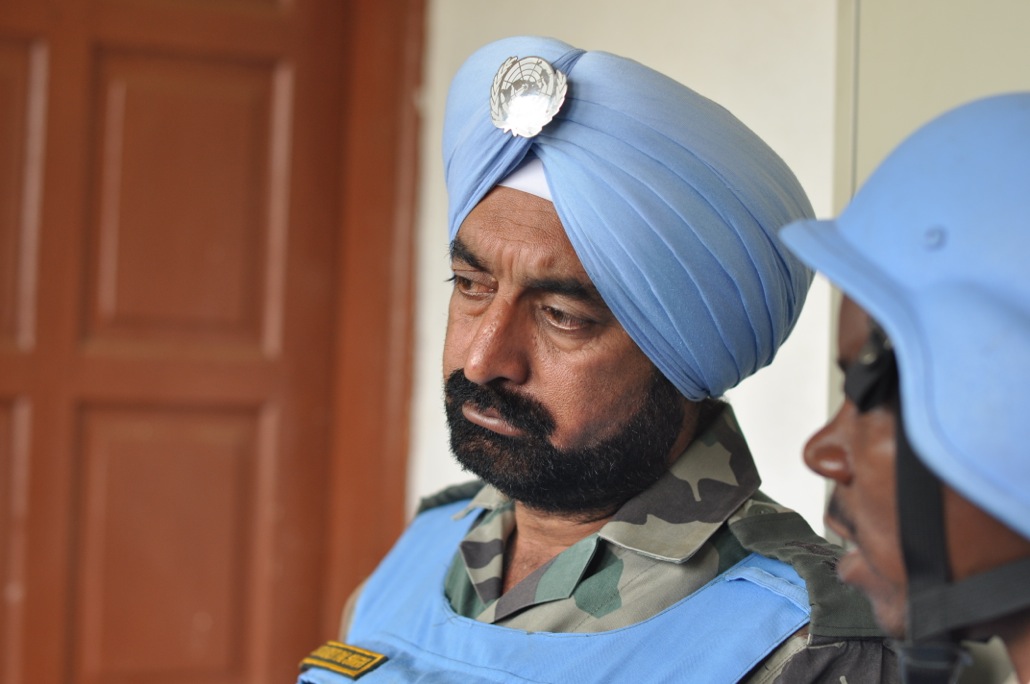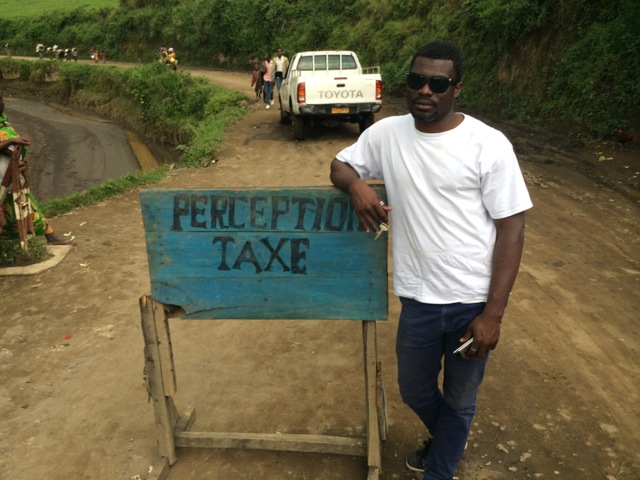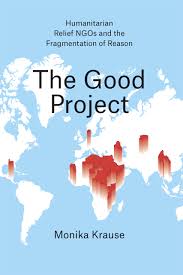
In my research, I use a Bourdieu-inspired theoretical framework to understand why international protection actors interact the way they do. While much of the recent ethnographic literature on the aid world has shed light on every day practices of intervention and is therefore helpful for understanding how organizations function, the descriptions often remain on the micro level. Bourdieu’s theoretical framework requests a similar empirical focus but pushes for reconstructing a more holistic picture of the system and why it functions in the described ways. Similarly, I found much of the organizational theory unsatisfying because it only explains part of the picture. For instance, most organizational behavior is explained by interests, which are generally assumed to be pre-existing and stable. Interest-based frameworks do not offer answers to one of my central puzzles, which is: how do aspiring aid workers, with all their idealism, turn into interest-focused strategists? In contrast, Bourdieu brings rational and sociological factors together in a way that allows for incorporating the different explanations from organizational theorists into one more holistic framework. An added value of his work is the skillful articulation of the interaction between structure and agency.
Empirically, Bourdieu’s focus on power and competition breaks with the self-description of the aid world and offers insights beyond its harmonious rhetoric. Although the concept of “symbolic capital” first appears abstract, it is particularly useful for understanding what keeps the aid world up and running. Arguably, legitimacy is particularly important for Aidland, which explains many of the sector’s schizophrenic tendencies, such as the tensions between elevated moral claims and constant under-achievement. However, grappling with Bourdieu’s concepts can be challenging (in its freedom) and bears the risk of over-theorizing. He sketches his theoretical underpinnings only briefly over a number of relatively inaccessible publications. While there exist a large amount of useful secondary literature, I remained unsure if it is indeed the most accurate framework for capturing the “field” of humanitarian intervention and whether I really need the theory to describe the empirical reality. Hence, other applications of Bourdieu’s theory are of particular interest to my work.
Monika Krause’s 2014 book “The good Project: Humanitarian Relief NGOs and the Fragmentation of Reason” represents one of the most consequential and strongest applications of Bourdieu’s theory to the aid world (a strong contender being Catherine Goetze’s more recent “Distinction of Peace”). Contrary to other analysts of “Aidland”, such as Lisa Smirl and Séverine Autesserre, Krause is a sociologist who has not worked for NGOs or the UN and who has conducted much more limited fieldwork. Instead she has a stronger theoretical focus, which she applied to produce a rare system-level analysis of the aid world. However, the strength of this book is not its solid theoretical foundation but the insights they lead to: a revealing description of how the aid world functions and why it functions that way. While other authors are stronger in depicting the everyday practices of the sector, Krause’s holistic picture of the aid world is very convincing. For instance in chapter two, when she not only argues but explains why donors – and not beneficiaries – are at the center of organizational priorities; and why, in fact, beneficiaries have become a commodity in the project cycle.
The basic premise of the book is that humanitarianism is a distinct field of practice, in which NGOs share basic assumptions and a common practical logic. This logic developed historically and is shaped by the structural conditions of the field. In return, the practical logic “mediates” factors such as problems, needs, values and interests into organizational action (p.21). The author argues that these practices are “practices of production” and that their primary product is the “project” (p.23). The logic of project management is the taken-for-granted way things are done in humanitarian relief. Its focus on added value – what Krause calls “the pursuit of the good project” – creates a logic that shapes the allocation of resources and the development of activities independently from what recipients may want or need (p.37).
On this part of the argument, there is wide agreement. Neo-institutionalists, such as Meyer & Rowan and DiMaggio & Powell stress the shared cultures and norms in an organizational field as well as actors’ orientation towards legitimacy. However, Bourdieu’s original thought reaches further. In chapter four, Krause argues that humanitarian organizations are not only similar, but actively seek to differentiate themselves from each other (p.93). The reason for that is that the ‘field’ is organized around specific forms of symbolic capital and humanitarian agencies look at each other, rather than looking at the abstract market or the customers (p.98). Accordingly, humanitarian relief is primarily shaped by competition for symbolic capital, which Krause identifies to be ‘humanitarian authority’. As each field has developed in a unique manner, Krause then describes the history of the humanitarian field and the emergence of its specific symbolic capital. Unsurprisingly, the ICRC features prominently as the embodiment of humanitarian authority. Krause accurately summarizes: “In its pure form, humanitarianism is humanitarianism for humanitarianism’s sake” (p.113). But this purity is nowadays “polluted” by political, religious and other aspects. Interestingly, Krause argues that the foundation of MSF and its challenge against the “traditional” way of being humanitarian, established the field of competing positions. “MSF’s innovation, though it had ‘purity’ on its flags, clearly formulated an alternative to the ICRC, and so called into question the foundations of the (humanitarian) enterprise” (p.107). Simply put, “MSF’s move made it easier for a range of other actors to claim the label ‘humanitarian’” (ibid) and, therewith facilitated the expansion of the field in the nineties.
Despite the intellectual depth of the book, it does not come across as theoretical or pretentious. The work is very theoretically informed without ever really confronting the reader with dense concepts. Instead, Krause speaks mainly about empirical reality in an accessible way. This makes it a great read and probably less vulnerable to push-back from ‘Aidland’, which would be expected (if its inhabitants read Krause’s book). While other authors have made similar observations and came to the conclusion that flawed practices should be improved, Krause takes her analysis of the field as the basis to also explore the actors’ reform efforts in chapter five. Specifically, she investigates the Sphere Project and Humanitarian Accountability Project (HAP), concluding that their impact is ”mediated by existing practices and institutions” (p.145). Accordingly, both “have become incorporated into the process of producing projects, and with their respective standards shape specific products and add to the infrastructure of the market for projects” (ibid). This judgment is another instance of great courage and consequentialism.
Another virtue of the book is that it makes the most out of comparatively modest methodological means. Krause mainly bases her analysis on a limited sample of interviews with desk officers and directors of operations at headquarters level but was able to infer a whole lot from these conversations. Particularly memorable is the chapter on management tools. Krause participated in a training for relief workers where she was confronted with the ‘logframe’. While everyone else was naturally familiar with the tool, Krause was clueless and took it on her to study this artifact. She come to the conclusion that “management tools like the logframe do not determine what people do, but they shape it: They shape what people get to see and know about the world, and people’s ideas about what the task before them is” (p.76). She argues that historically the logframe has facilitated the project as a unit of planning and production. “It has linked results to costs, and it thus made it possible, in principle, to compare projects” (p.77). The logframe also “created the beneficiary” as the specific part of the population in need that is selected to be served (ibid).
Having outlined in the introduction that I am convinced by the approach (so much in fact that I have independently chosen a similar one) and praised the book sufficiently, some criticism is in order. I have two interrelated points: First, I am wondering why she only researched and wrote about NGOs with the omission of the UN organizations. UNHCR, WFP and OCHA are also major relief organizations and together the UN entities are the biggest actor and a major agenda setter for the field. Leaving them outside the analysis might distort the picture.
Second and more generally, I am doubtful whether the pure humanitarian field still exists in practice. Through the constant broadening of mandates and proliferation of new actors, Humanitarianism, Development, Human Rights and Peacekeeping have increasingly blurred together in something like a larger field of ‘international intervention’. They overlap in regards to their principals, beneficiaries, mandates, activities, etc. The author alludes to this in regards to ‘protection’ in chapter six, where she writes about the field of human rights and its relation to relief work. This is maybe the only part of the book where Krause is not consequential enough. Particularly protection – the focus of my own work – no longer falls within one separate field but rather seems to be a discourse in the larger field of international intervention. Separating the humanitarian field cleanly from this complex is to some degree possible and useful to distill the essence of humanitarian symbolism. However, it is of limited practical value. Humanitarian authority remains an important form of (symbolic) capital but it is no longer the main currency. I am wondering if one can capture the norms, games and symbolic capital of this field accurately, when only looking at the humanitarian sub-dimension. In practice it is messier, more complicated, but perhaps still ordered and understandable. I would thus argue for continuing where Krause stops – taking a closer look at protection as an intersection of different fields or as a discourse in a larger field of international intervention, and then working towards distilling the symbolic capital and practical logic of that larger field.

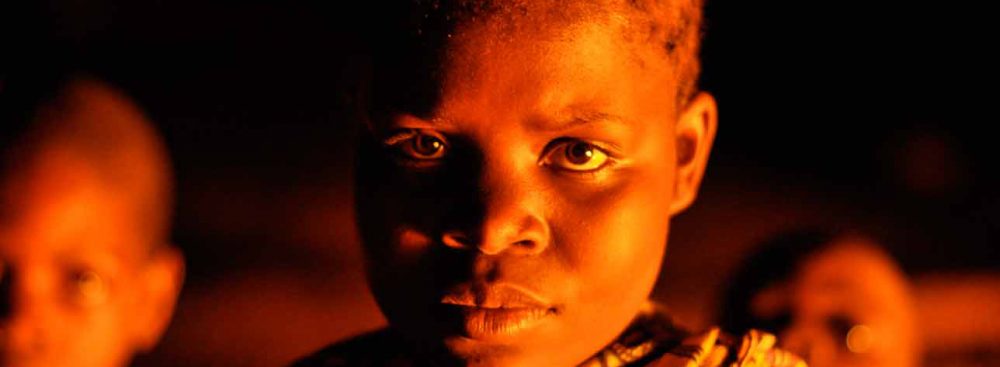
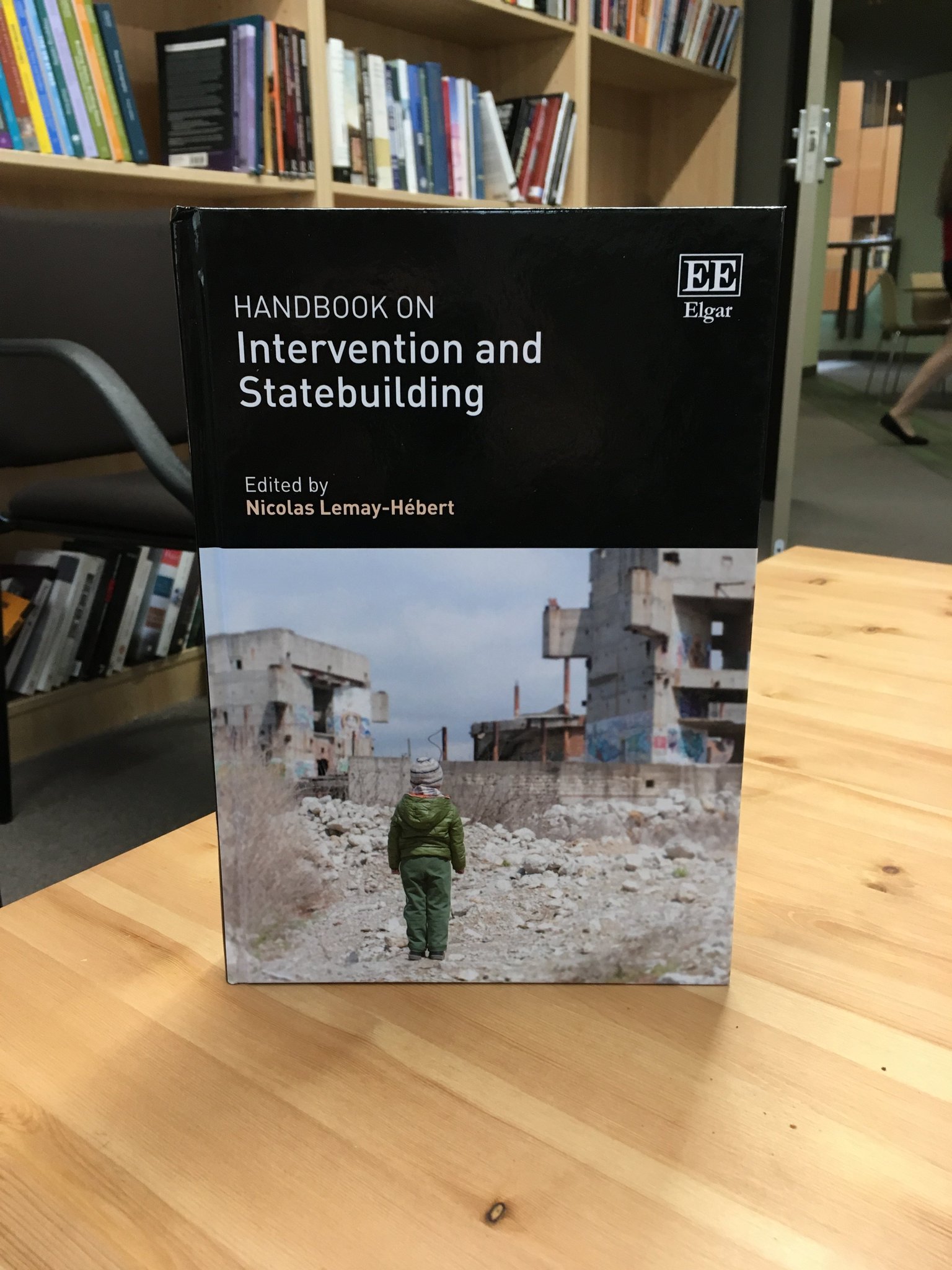
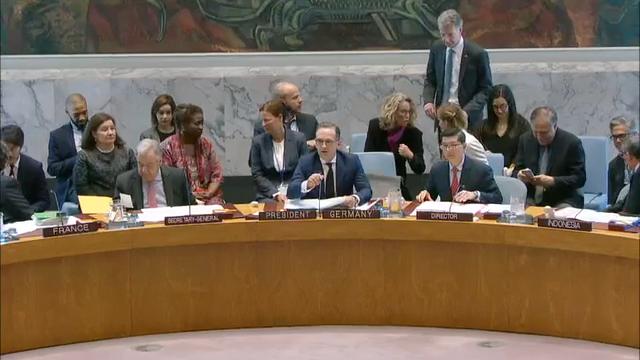 Photo courtesy of UN Live United Nations Web TV
Photo courtesy of UN Live United Nations Web TV
